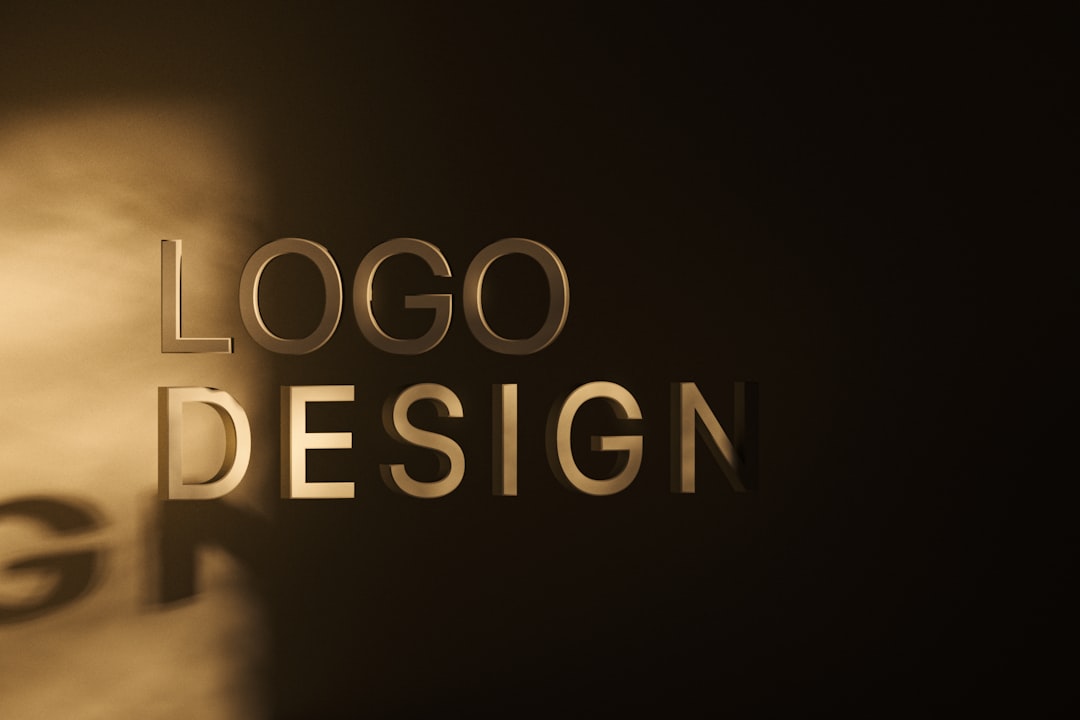A logo is often the first visual interaction a consumer has with a brand. It acts not only as an identifier but also as a silent communicator of values, quality, and personality. Whether it’s the swoosh of Nike or the golden arches of McDonald’s, logos can powerfully influence how consumers perceive and remember a brand.
The Psychological Impact of Logo Design
Studies have shown that visual memory is stronger than verbal memory, meaning people are more likely to remember a brand through its logo than its name. A well-designed logo leverages color, typeface, and imagery to trigger an emotional response. For instance, blue often conveys trust and reliability, making it a favorite in tech and finance industries. On the other hand, red can evoke excitement and urgency—perfect for food and entertainment brands.
Shapes matter too. Rounded logos tend to feel more friendly and approachable, while angular logos communicate strength and efficiency. The interplay of these elements influences how a consumer feels when seeing a brand—even before using its product or service.

Differentiation and Market Positioning
In a crowded marketplace, standing out is essential. A distinctive logo gives a brand a unique visual identity, which helps it rise above the competition. Think of Apple’s simple yet impactful apple logo—it positions the brand as sleek, innovative, and user-friendly. This identity is further reinforced every time the logo appears on devices, advertisements, and packaging.
Great logos are also versatile and function well in a variety of settings—from a billboard to a mobile screen. This consistency strengthens the brand image and makes it more recognizable, building familiarity and trust with consumers over time.
Building Trust and Credibility
First impressions are critical, especially in the digital age where choices are abundant. A professional and thoughtfully designed logo instills confidence in a potential buyer. Compare two similar companies: one has a polished, coherent logo and the other has a poorly designed graphic. Consumers are far more likely to trust and choose the first, simply based on visual appeal.
This trust translates into credibility. Over time, a consistent presence of the logo on products, social media, business cards, and websites reinforces brand professionalism, indicating that the company is committed and reliable.
Logos as Storytellers
Beyond looking good, logos tell a story. They reflect a brand’s mission, vision, and values. For example, the Amazon logo’s arrow goes from “A” to “Z” representing a wide inventory, but it also forms a smile, highlighting customer satisfaction. These subtle storytelling elements stay in the minds of consumers, drawing them closer to a brand emotionally.
A logo that embodies the brand’s core essence can turn customers into loyal advocates. When people resonate with a brand’s story, they are more likely to support it, recommend it, and remain loyal even in the face of competition.
The Long-Term Impacts
Logo influence isn’t just immediate; it’s enduring. Over time, the logo becomes shorthand for everything a brand represents. Whether it’s quality, innovation, affordability, or status, the logo becomes a container for those associations. As the brand grows, so does the meaning behind its logo, making it one of the company’s most valuable assets.
Just look at Coca-Cola or Mercedes-Benz. These logos have stood the test of time and are instantly recognized worldwide. Their designs have helped maintain relevance while symbolizing legacy and trust.
FAQs
- Q: Why is logo design important for a brand?
A well-designed logo helps create a strong first impression, builds brand recognition, and conveys a brand’s values and identity to consumers worldwide. - Q: What elements make a logo effective?
Key elements include simplicity, relevance, versatility, color psychology, and memorability. These help a logo resonate with its target audience and remain impactful across various platforms. - Q: Can a logo redesign improve consumer perception?
Yes, a carefully executed logo redesign can modernize a brand image, better reflect a company’s evolution, and re-engage both existing and new customers. - Q: How does color influence logo perception?
Color influences emotions and associations. For example, green implies sustainability, blue implies trust, and red can signal urgency or excitement. - Q: Should startups invest in professional logo design?
Absolutely. A strong logo can accelerate brand credibility and distinguish a startup in a competitive market, making it a worthwhile investment from the beginning.